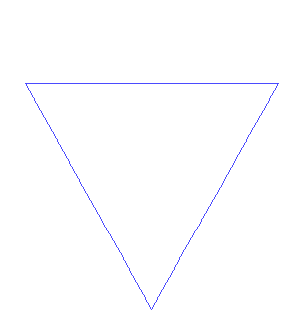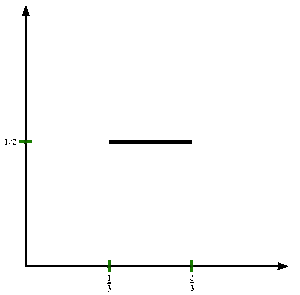Hilbert's Thirteenth Problem - In Brief
Hilbert's problems are a well-known collection which he presented [mostly] in a speech at the 1900 congress of mathematicians in Paris. Most of them were important unsolved problems whose subsequent solution led to much important new mathematics.
Here is english translation of the relevant parts of his speech. The core is given by the following sentences, but unfortunately it is not clear that he was being quite precise.
Hilbert has this for the title of the section 13 of his lecture.:
[H13-1] Impossibility of the solution of the general equation of the 7th degree by means of functions of only two arguments
In the body of the text he says
[H13-2] that the equation of the seventh degree $$ f^7+xf^3+yf^2+zf+1=0$$ is not solvable with the help of any continuous functions of only two variables
Without the continuity requirement it is easy to refute the claim [H13-1] using the kind of (highly discontinuous) function that maps a segment to a square. However, [H13-2] can be refuted too, as Kolmogorov and Arnold showed in 1957. Their construction uses continuous but highly non-smooth functions - not differentiable at infinitely many points, like Cantor's devil's staircase or even everywhere, as in the Koch snowflake curve.


(These images show early stages in the Cantor and Koch comnstructions.)
So our first problem is to reformulate Hilbert's problem suitably. To see why let's look at Hilbert's original whole statement translated.